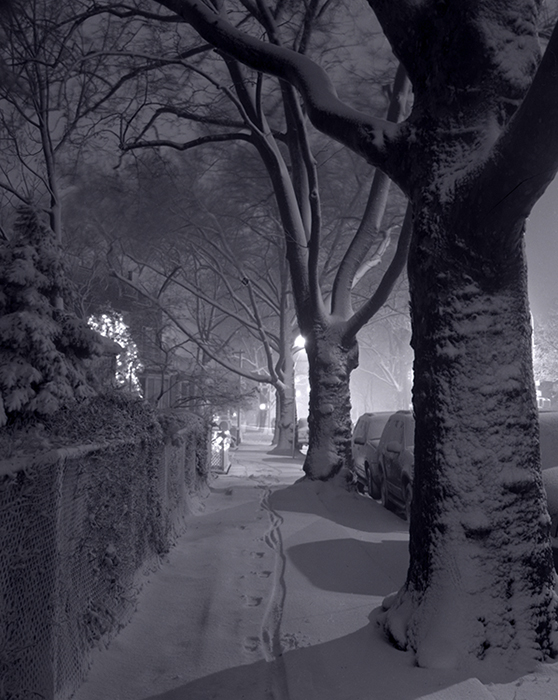mshchem
Subscriber
This shows that everything we see on the Internet should be assumed to be pure horse crap. It gets crazier everyday. As far as film, follow manufacturer's instructions. Science, peer reviewed robust proofs. We are inundated with so much nonsense on TV, Internet, social media. I have no doubts that crazy empiricism "proves" things, the sun orbits the earth, canals on Mars etc. Click bait.I stumbled upon this blog post not long ago and I can’t help but wonder if it actually carries weight:
http://analoguephotolab.com/find-the-dev-time-for-any-film-in-any-developer/
Has anyone tried this? Does it actually work?
My instinct says it would be so imprecise it would be no more useful than just guessing, but I’m just guessing!
It also seems to me that if it really worked it would be better known. Anything that sounds too good to be true usually is, after all.
Has anyone ever heard of this? Has anyone actually found it to work?





 .
. .
.


